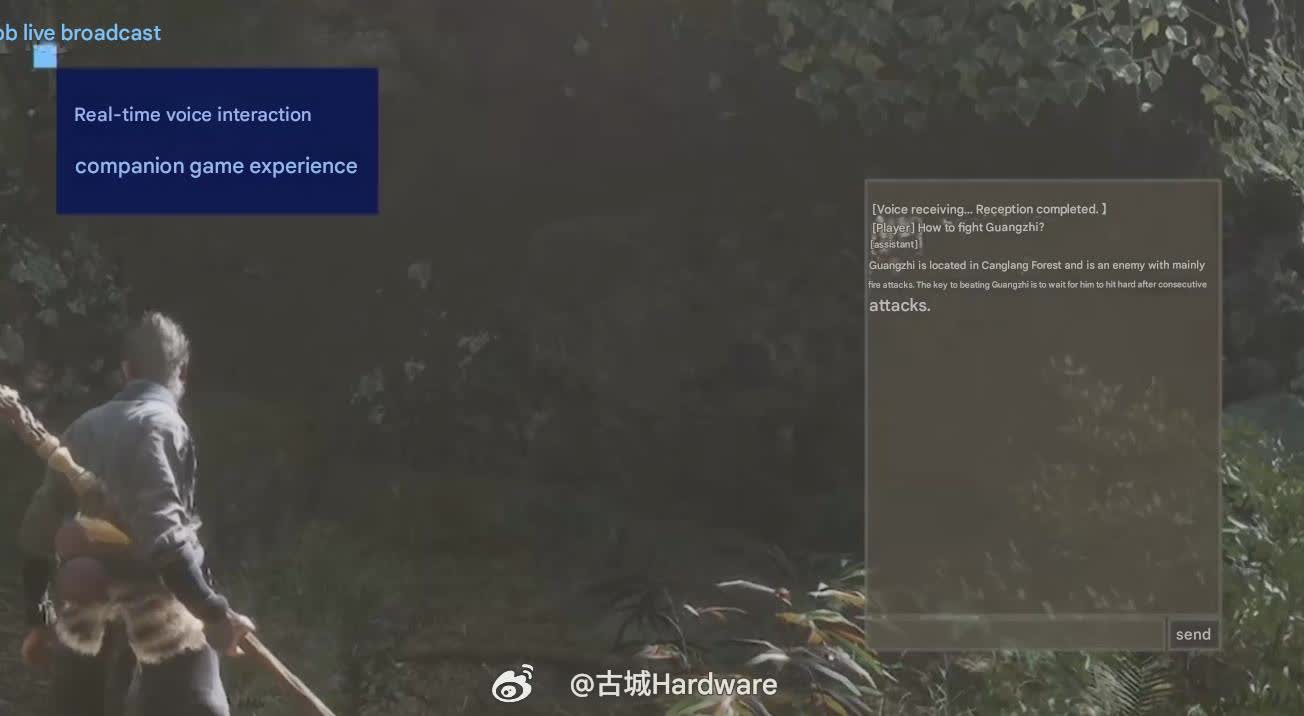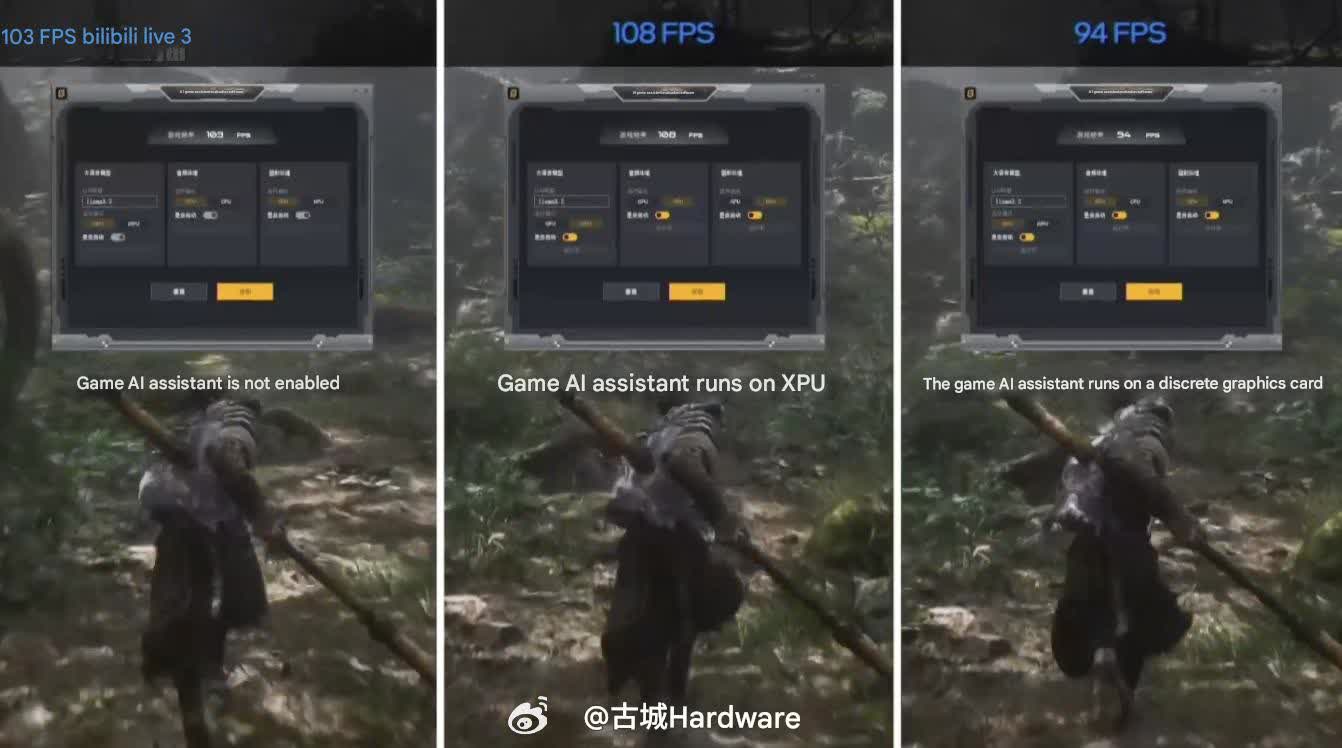Something to look forward to: Microsoft, Nvidia, and now Intel are working to turn gaming assistants into a new selling point for generative AI. While Nvidia argues that its GPUs are the best tools for local AI workloads, Windows and Intel have tried to demonstrate the benefits of using NPUs to offload tasks from graphics chips during gameplay. However, none of the proposed assistants has undergone extensive real-world testing.
Intel recently showcased how running generative AI programs on its new NPUs might benefit gamers. Although several companies have promoted the gaming-related potential of NPUs, these benefits remain largely unproven.
In Intel’s demonstration, a generative AI model – likely a generic third-party assistant – provided gameplay advice during a session of Black Myth: Wukong, running on an unspecified Arrow Lake Core Ultra 200HX processor, presumably in a gaming laptop. The assistant responded to a spoken question using real-time voice integration and retrieved an online video showing how to defeat a boss.
It remains unclear whether the demonstration featured real gameplay or simply concept footage. Microsoft previously used concept reels to present its upcoming Copilot gaming AI coach, which is intended to provide real-time tips in games like Minecraft and Overwatch while running on a Qualcomm Snapdragon X chip. No real footage exists yet, but Xbox Insiders can begin testing the feature on mobile devices next month.
Also read: NPU vs. GPU: What’s the Difference?
Intel’s presentation also highlighted potential performance gains from running AI models on NPUs. Activating the assistant boosted Wukong’s framerate from 103 to 108 FPS, while running the same model on the GPU caused a drop to 94 FPS.
Nvidia’s gaming assistant, which runs on GPUs with at least 12GB of VRAM, is available in the latest version of the company’s desktop app. However, rather than offering gameplay guidance, it focuses on performance optimization.
Arrow Lake is an interesting choice for Intel’s demonstration, given that the Core Ultra 200HX and desktop 200K processors achieve only 13 TOPS (trillions of operations per second) of AI performance.
If gaming AI assistants perform as promised, they should theoretically run much better on newer notebook and handheld platforms like Intel’s upcoming Lunar Lake Core Ultra 200V or AMD’s Strix Point Ryzen AI 300, which can reach up to 50 TOPS. Benchmarking an assistant on laptops or newer handheld gaming PCs equipped with those chips could yield interesting results.
Source link


